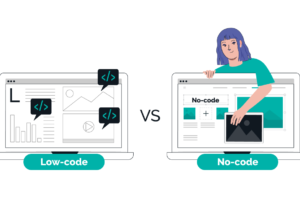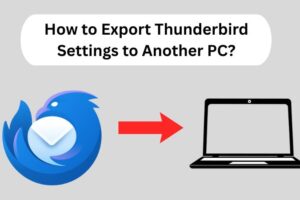Greetings to all the website owners! A website is the avenue or destination for your brand, company, e-store, etc. in the digital world. We all want to design the best looking websites, with catchy design, easy navigation, filled with useful information. But there is one thing that is often overlooked – Performance.
Website performance measures how quickly your website and its elements load and display on users’ devices, including desktops, mobiles, tablets, or any other device. To keep it simple, the faster a website loads and displays, the better it performs.
Everything is picking up pace, what’s decreasing is a visitor’s attention span. If your website is slow to load or is not optimized for different devices, there is a high probability of greater exit rate. The visitors will simply move on to the next website that can offer them what they want. Costing you a loss in customers, revenue, and reputation.
This unfavorable situation can be avoided by understanding website performance and its importance in detail. So, let’s start our journey to save your business and website from lagging behind.
Why is website performance important?
It’s crucial to understand that modern consumers are always connected and frequently use a variety of devices, such as desktops, laptops, smartphones, and tablets, to access the internet. Moreover, they have short attention spans and high expectations, making website speed a critical factor.
A slow website can result in a poor user experience, triggering a domino effect that can negatively impact SEO, conversion rates, bounce rates, user experience, and even your brand image. In short, your website’s performance can either make or break your business.
In the following sections, we’ll delve into each factor that directly or indirectly influences users’ perceptions of your business and explore ways to improve your website’s overall performance.. Excited? What, say?
User Experience
User experience refers to the overall impression a user has while using a product, in this case, a website. A well-performing website can help create a positive first impression of your website and business.
You may wonder, “What is the ideal website speed?”. However, there is no definitive benchmark for how fast a website should load. Nonetheless, there are several statistics available on the internet, ranging from 5 seconds to 0.5 seconds.
I guess the most influential answer comes from the company that runs the world’s most popular search engine – Google. In 2010, Google stated that 2 seconds is the threshold for ecommerce websites. Another article states that 40 percent of the users abandon the website if it takes more than 3 seconds to load.
A well-performing website gives the visitors what they want fast, provides better satisfaction, and gives the user more time to explore different sections of the website.
Better SEO
Search Engine Optimization has been a constant struggle for most businesses. Everyone is trying to rank first on the search engine results page. There are many factors that influence the search engine ranking, like content, keywords, headers, meta, optimized images, internal links, and much more. One among these is website performance.
Google mentioned it way back in 2010: that website performance is one of the factors that influence SEO. To make things simpler, we could just assume you have two websites with the same content, keywords, meta, internal links, etcetera, etcetera, everything is the same except there is a slight difference in website performance. Then the search engine will prefer the site that has better web performance, even though everything else is the same.
There is also something else you could take into consideration – pogo sticking. It is an SEO term, to describe when a user goes to a certain website from the search engine and instantly presses the back button. Search engines consider this as – a user came to a website looking for certain information and left immediately because the user didn’t get the required information.
I would like to draw your attention to the fact that pogo sticking can occur not only due to the relevance of the information but also due to poor website performance. Research indicates that 40 percent of users abandon a site that takes longer than three seconds to load. Search engines may interpret this as poor keyword usage or irrelevant content and subsequently penalize your site. As more users pogo stick from your site, your ranking is likely to decrease.
You can utilize tools such as Google Analytics to monitor your website’s bounce rate and Page Speed Insights to gain insights into how to enhance your page’s performance.
To know more about Why Website Performance Matters, head over to WPWhiteBoard.







